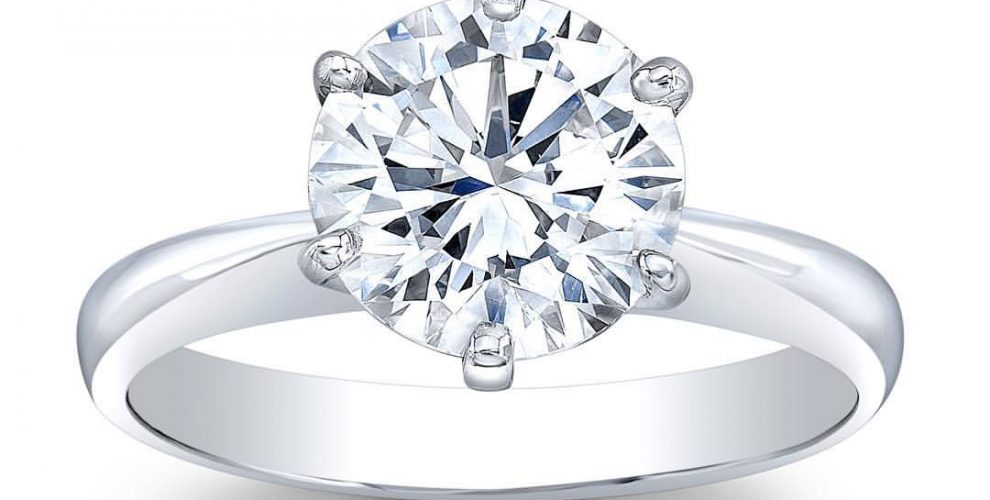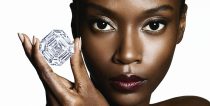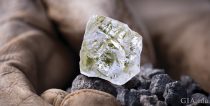Diamonds are valuable purchases, but you can save money on buying one by understanding the 4Cs and other value factors. Learn how to choose a diamond that is beautiful and still within your budget with the tips below.
How is Diamond Quality Determined?
Diamond Cut – Cut is Key
Diamond Color – Can You Tell the Difference?
Diamond Clarity – Don’t Pay More for What You Can’t See
Diamond Carat Weight – Go Just Under
Get a GIA Diamond Grading Report
How is Diamond Quality Determined?
The GIA 4Cs – Color, Clarity, Cut and Carat Weight – are the universal standard for describing the quality of a diamond. Each “C” describes a different aspect of a diamond’s quality and is assessed along a scale using the GIA International Diamond Grading System™. Decide which “Cs” are most important for you and you’ll know where to focus your spending, because quality dramatically affects the price of a diamond.
As you read through the recommendations below, keep in mind that it’s extremely important to view diamonds in person. Diamonds with similar 4Cs grades can look different and diamonds with dissimilar grades can look the same to the naked eye. Only by visually comparing diamonds can you determine the combination of qualities you find most appealing and how best to allocate your money.
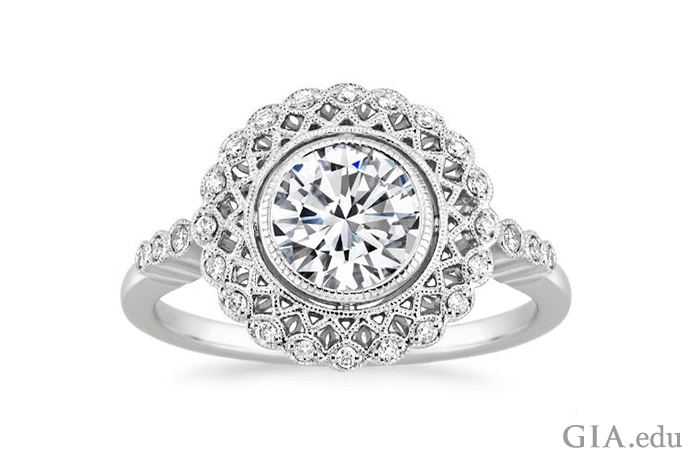
Diamond Cut – Cut is Key
If you are like most engagement ring shoppers, you want two things: a diamond with incredible sparkle and the biggest-looking diamond you can afford. If so, spend on a well-cut diamond.
A diamond’s cut quality refers to the skill with which the diamond was manufactured – its overall proportions, the symmetry of its facet arrangement, and the quality of its polish. A well-cut diamond is bright, fiery, and has an attractive pattern. It is well crafted to ensure durability and well proportioned, so you’re not paying for unnecessary carat weight.

A diamond’s cut will affect how big the stone looks. Some stones have been cut to retain the most carat weight, but that weight can be poorly distributed. For example, extra weight can be hidden below the girdle (the widest part of the stone) – so you won’t see it. In fact, a poorly cut 1.20 ct diamond may appear to be the same size as a well-cut 1.00 ct diamond. A poorly cut diamond will look dull and lifeless, no matter its size.
If a diamond is well cut, many compromises in clarity, color and even carat weight can be forgiven.
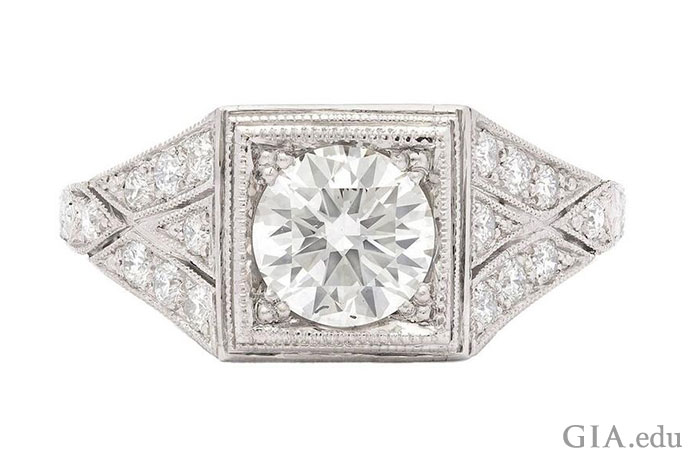
Diamond Color – Can You Tell the Difference?
Do you need to splurge on a diamond in the GIA Colorless range (D, E, or F color)? Probably not. Once it’s set in a ring, it’s less likely that you’ll notice the difference between a diamond in the Colorless range and one that’s in the Near-colorless range (G through J color). As you shop, compare mounted diamonds with different color grades on your hand. You might be surprised at the range of color you find acceptable. You might even prefer (as some do) a diamond that’s a little further down the GIA D-to-Z Color scale (J or K for example) that has some warmth.
Keep in mind, too, that a diamond’s color appearance will be strongly influenced by its surroundings. This includes natural and artificial light, the color of the clothing you’re wearing, and even the color of the metal in which the diamond is set. So, if you’re choosing a white metal like platinum and want to emphasize the diamond’s absence of color, spend your money on a diamond with a color grade of H or better. At about J, K, or L, the contrast between the warm-colored stone and the setting starts to become noticeable if the metal is very white (platinum). If you’re going with yellow or rose gold, the slightly yellowish body color of a diamond with a lower color grade is less noticeable.


Diamond Clarity – Don’t Pay More for What You Can’t See
Diamond clarity measures how free a diamond is from inclusions and blemishes at 10x magnification. Diamonds with Flawless clarity grades are extremely rare; so rare that some jewelry professionals may go an entire career without encountering one. The good news is that you’re unlikely to be gazing at your diamond under 10x magnification regularly. Diamonds with inclusions can still appear pristine to the unaided eye.
Most diamonds you see will fall within the Very Very Slightly Included (VVS), Very Slightly Included (VS), and Slightly Included (SI) clarity grades. In almost all cases, the clarity features in VVS and VS diamonds and above cannot be seen with the unaided eye. Most SI diamonds will also not have any eye-visible inclusions. This means that an SI2 diamond can look the same as a more expensive, higher-clarity diamond, each of the other 4Cs being equal.

You may want to consider spending more on diamond clarity if you’re going with an emerald cut diamond. The long, rectangular facets of the emerald cut make inclusions more easily seen, while the many light-scattering, smaller facets of the brilliant cut can help hide inclusions, especially around points and corners. However, if a diamond has many large clarity features, or if they are mirrored by the diamond’s many facets, they will be easy to see – no matter the shape or cutting style.


If you’ve already narrowed your choice to a VVS or VS diamond, but can’t decide, this article explains the difference between the two diamond clarity grades.
Diamond Carat Weight – Go Just Under
Large, high-quality diamonds are rare, and therefore more expensive. Because of their rarity, the increase in price due to carat weight isn’t linear but exponential. A two carat diamond won’t just be twice the price of a one carat diamond, for example. It will cost a lot more.
Diamonds also become more expensive when they reach or just exceed certain weight thresholds or “magic numbers,” like 0.50 ct, 0.75 ct, 1.00 ct, etc. These numbers have symbolic meaning for some consumers, which translates to greater demand and higher prices. As you shop, be sure to compare these diamonds with those that have carat weights just below the thresholds. If all other 4Cs characteristics are equal, you probably won’t notice the difference in size between, say, a .98 carat diamond and a 1.10 carat diamond, and you’ll be able to realize some savings.
Get a GIA Diamond Grading Report
When you go shopping for a diamond engagement ring, make sure the diamond you’re considering comes with a GIA Diamond Grading Report, which discloses a diamond’s identity (natural or laboratory-grown), its 4Cs of diamond quality, and whether the diamond has been treated to improve its color and/or clarity. GIA is the creator of the 4Cs, and prestigious auction houses, museums, appraisers, and consumers across the globe rely on GIA reports as unbiased evaluations of diamond quality. Since GIA is a nonprofit institute that only grades diamonds (and doesn’t sell them), you can be confident that the information in the report is objective and accurate.
Another consideration in selecting the right diamond for an engagement ring is its overall style, which is largely defined by the shape of the diamond. There are many shapes to choose from. Explore tips on how to pick the perfect diamond shape.

